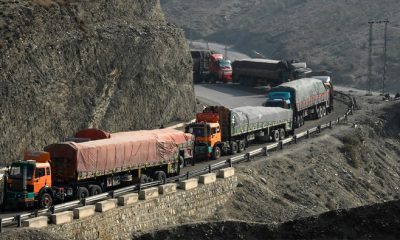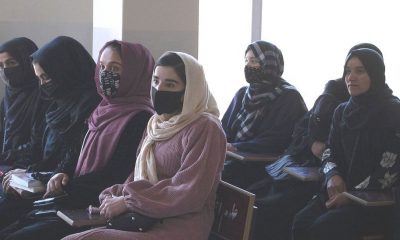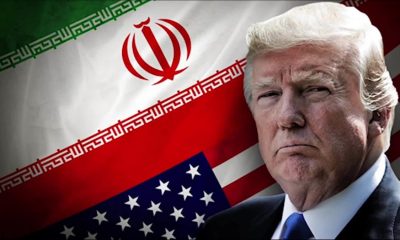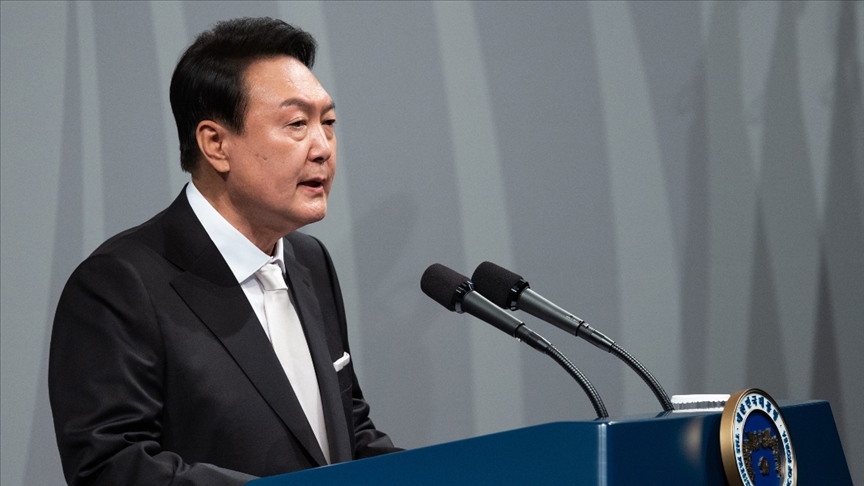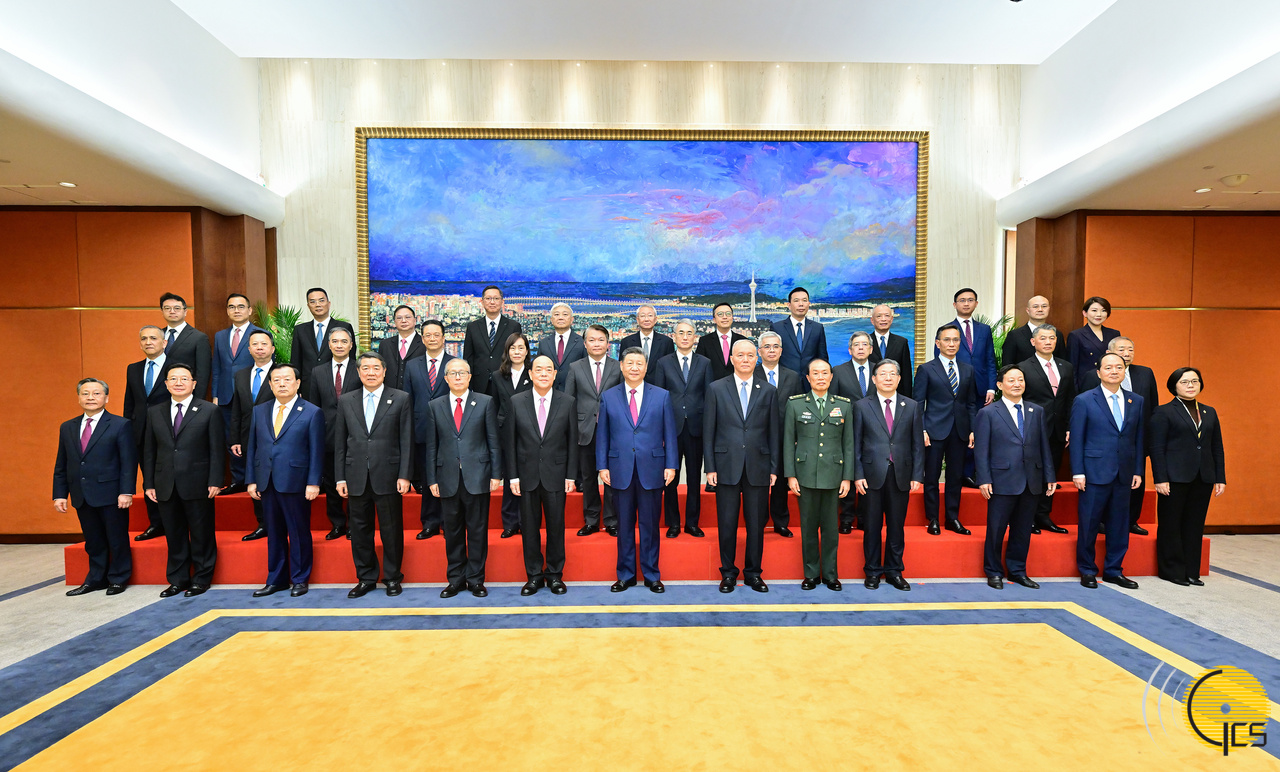The Taliban in an astonishing move has ordered the closure of beauty parlors run by women across Afghanistan allegedly because they offer services forbidden by Islam and also cause economic hardship for groom’s families.
The girl “bride” goes to the beauty salons for the wedding ceremony where now the Taliban says it’s forbidden and charges these salons for taking more money from them.
The Taliban had earlier said they had given one month ultimate for all salons to win down their business and close shops. However, when there are still two more weeks left before the deadline, the Taliban forcefully tried to close the salons, drawing protests from the angry Afghan women.
Dozens of women took out the streets against the Taliban decision to ban the beauty salon, but they were suppressed by the Taliban. The security forces used fire hoses, tasers and shot their guns in the air to depress the protesting women, who chanted slogans that “work is our right”.
“No one has the right to take bread from us. When you can’t provide us with a job, please don’t take our job,” a woman protester told Harici on condition of anonymity.
She said that the Taliban supreme leader Mullah Haibatullah Akhundzada to stop making “life for women worse” and let them go to ”school, universities and work.”
Latest curb on the rights of women
This decision by the Akhundzada is the latest curb on the rights and freedoms of women and girls, who are already banned from schools and public spaces and almost zero forms of employment.
Among the dozens of portesting beauticians in Kabul, one protester who identified herself as Nadia told Harici that she is here for justice. “What is our crime? If being a woman is a crime then this is not in our hands,”Nadia said, calling on the Taliban leadership to reverse the decision. She also said that she is the only breadwinner of a family of seven.
After a lifetime and about 35 years of effort, I have reached the last precipice of life, which is to close my beauty salon, Nafisa Najrabi, a beautician said.
Nafisa, which is not her real name due to security reasons, said that Taliban are trying to close the only source of income, but prosmed to stand against this decision until her last blood.
Nafisa said that she worked hard in order to support her family and since she was a teenager, had fought alone against the adversities of the times and has been working as a hairdresser for several years.
In a male-domainted society, everyone, including her husband and family, turned their backs on her to learn the profession of hairdressing. But she did not stop.
She alone has had a breathtaking fight against stereotypes and has won. For many years, Nafisa has been providing the needs of her home and children through working in a beauty salon.
She was trying to despite money for his children’s future, including their education. But now after the Taliban decision to ban the beauty salon, she is in a difficult situation.
Nafisa is the owner of one of the beauty salons in Kabul. She has been busy working in this profession for seven years because she is the sole breadwinner of his family. Her husband is a vendor in Kabul street.
Economic hardship for the Afghan women
However, the Taliban do not allow her husband to work in the city without paying taxes, which he doesn’t have money to pay, leaving him jobless.
In this way, Nafisa’s beauty salon is the only way to earn money to overcome their economic difficulties. But the Taliban are now trying to close the last source of income for them and thousands of other families.
Like many other women, Nafisa faces many social challenges on the way to creating a job and becoming economically self-sufficient through opening her own beauty salon. After creating a hairdressing salon, she does not feel comfortable either; Because everyone looks at her as a bad woman and anyone who knows that she is a beautician blames her.
“Car drivers often asked me for my number and thought that I opened the beauty salon for another purpose,” she lamented, adding that such behavior discouraged her from work many times, but the family’s poor economic cognition forces her to endure all the anomalies of the society.
She also said that now her family supports her job, and they reached the conclusion that hairdressing is not a bad profession.
Nafisa said she also brought her daughter to the beauty salon after schools were closed to the girls.
The Afghan women have been struggling for their rights for many years. For the last over 40 years, the Afghan women have been fighting for their right to work, study and live freely, but they always lose in this way.
Nafisa is one of the examples who has to leave her job after years of hard work.

 EUROPE1 week ago
EUROPE1 week ago
 OPINION2 weeks ago
OPINION2 weeks ago
 OPINION1 week ago
OPINION1 week ago
 DIPLOMACY2 weeks ago
DIPLOMACY2 weeks ago
 OPINION2 weeks ago
OPINION2 weeks ago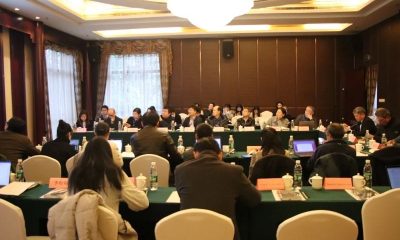
 ASIA1 week ago
ASIA1 week ago
 MIDDLE EAST1 week ago
MIDDLE EAST1 week ago
 MIDDLE EAST2 weeks ago
MIDDLE EAST2 weeks ago




